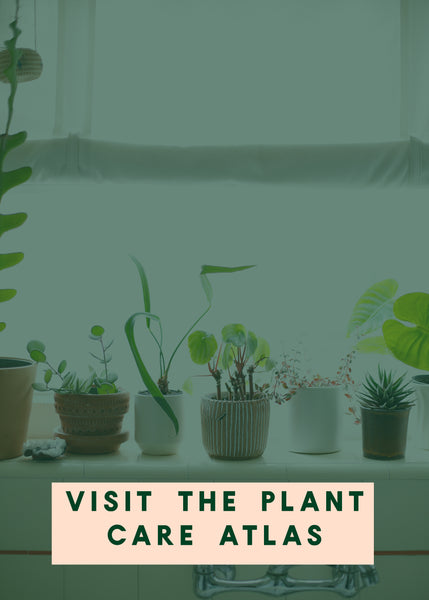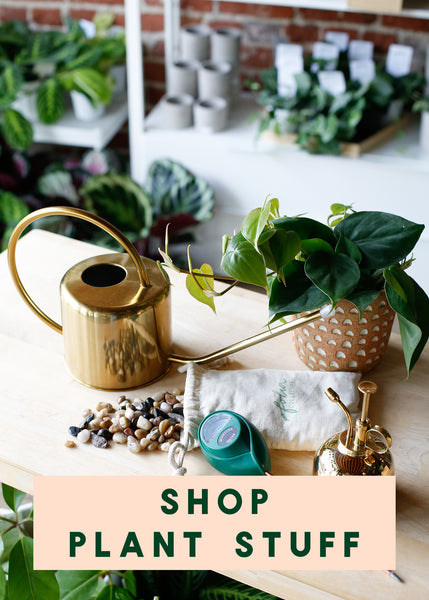Plant Know-How: Haworthiopsis

You may know this group of plants as Haworthia, and until recently that's what we would have called them too, but it turns out that like a number of other plants in the last decade- they have been given their own genus and are now called Haworthiopsis (opsis is Greek for 'appearance', so the new name is a reference to the fact these plants appear like Haworthia). The plants moved from the Haworthia genus to the new Haworthiopsis genus all have harder leaves compared with the plants that remained in Haworthia- which have softer leaves and look like they have little clear patches on the surface of their leaves.
Native to southern Africa, Haworthiopsis is a fun and very easy-going group of plants that come in a range of shapes and have unique textured patterns on their leaves thanks to little white bumps called tubercles. Just because they're easy-going doesn't mean you shouldn't learn about what will keep them happiest though so read on for our full guide to caring for Haworthiopsis!
HOW TO CARE FOR HAWORTHIOPSIS SPECIES:
Light requirements for Haworthiopsis species: Indoors, at least a few hours of direct sun is best for these plants, but they can even be in direct sun all day so a sunny windowsill is an ideal location. If kept outdoors, partial shade is ideal, but they can tolerate full sun and will likely change color from green to red or purple when kept in full sun over time.
Watering tips for Haworthiopsis species: Like other plants that store water in their leaves, Haworthopsis are healthiest when their soil can dry all the way to the bottom of the pot between waterings. These plants have even developed the ability to open their stomata (the 'pores' in their leaves) only at night in order to help conserve water! If you're not sure if its time to water- wait another week as they tolerate becoming too dry (for short periods of time) much better than they do being too wet. If you need some help knowing how wet or dry your soil is, a moisture meter is a helpful tool that can take out some of the guesswork!
The Best Soil for Haworthiopsis species: Haworthiopsis are native to arid climates and grow in rocky areas, so chunky, fast-draining soil with some mineral content best mimics their native soil. Our Desert Potting Mix is an excellent choice. As is always our recommendation, make sure your pot/planter has ample drainage as well as Haworthiopsis have very shallow roots that can be easily overwhelmed by too much moisture.
Are Haworthiopsis pet-safe? Haworthiopsis are non-toxic to cats & dogs (and horses too)! If you're looking for other pet-safe plants, be sure to check out the Pet Safe category of the Plant Care Compendium!
How to style Haworthiopsis species: Haworthiopsis work nicely in 'dish gardens' where multiple types are potted together with a decorative top dressing of rocks, but we also love them in a group, potted individually. Choose pots that don't totally match, but that have a common color or texture and you'll have an grouping that looks collected but not cluttered.
Did you know? Haworthiopsis are slow growing plants, but over time they grow offsets (small plants growing from the side of the original plant) and can start to look like a mound of plants. You can allow them to grow this way, or if you prefer the look of a single plant, you can remove the offsets and put them in their own pot. Haworthiopsis will also bloom in the right conditions- their flowers grow on the end of a very long flexible stem that usually bends down under the weight of the flowers. Once the blooms have died, you can cut the stem off.
Excited to add a Haworthiopsis to your plant family? We usually have at least a few species in stock at our Los Angeles shop!






